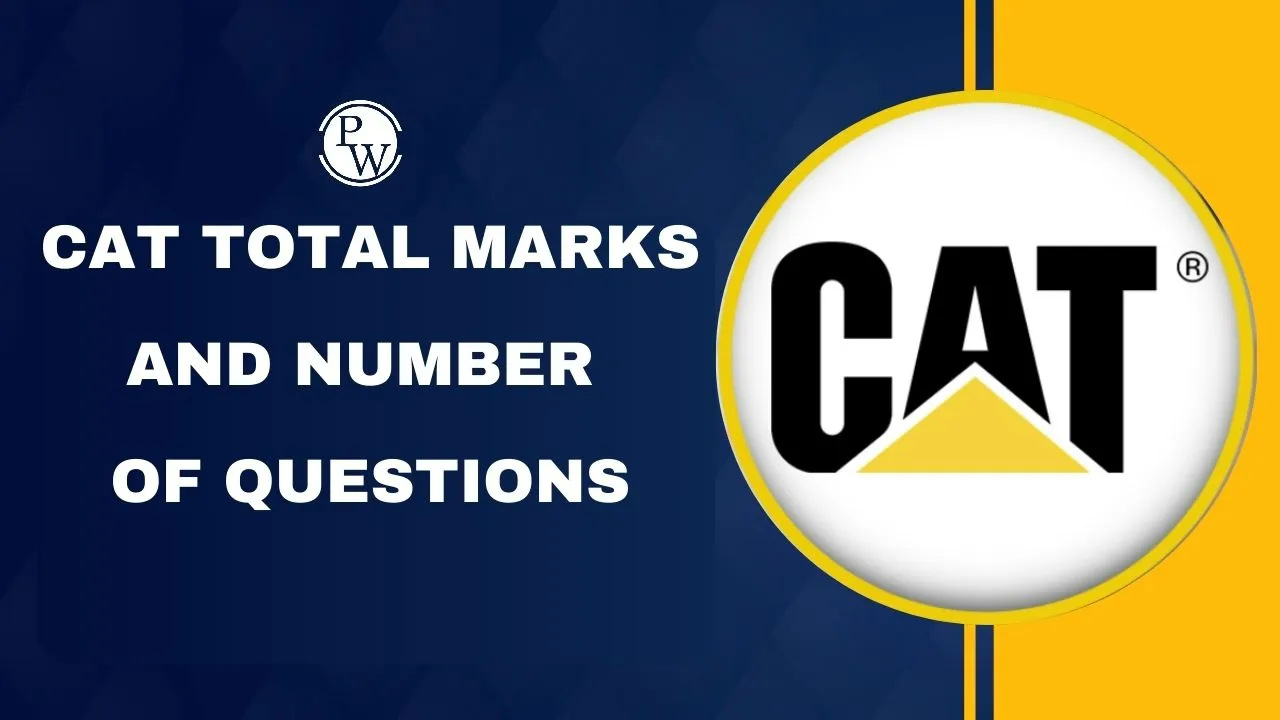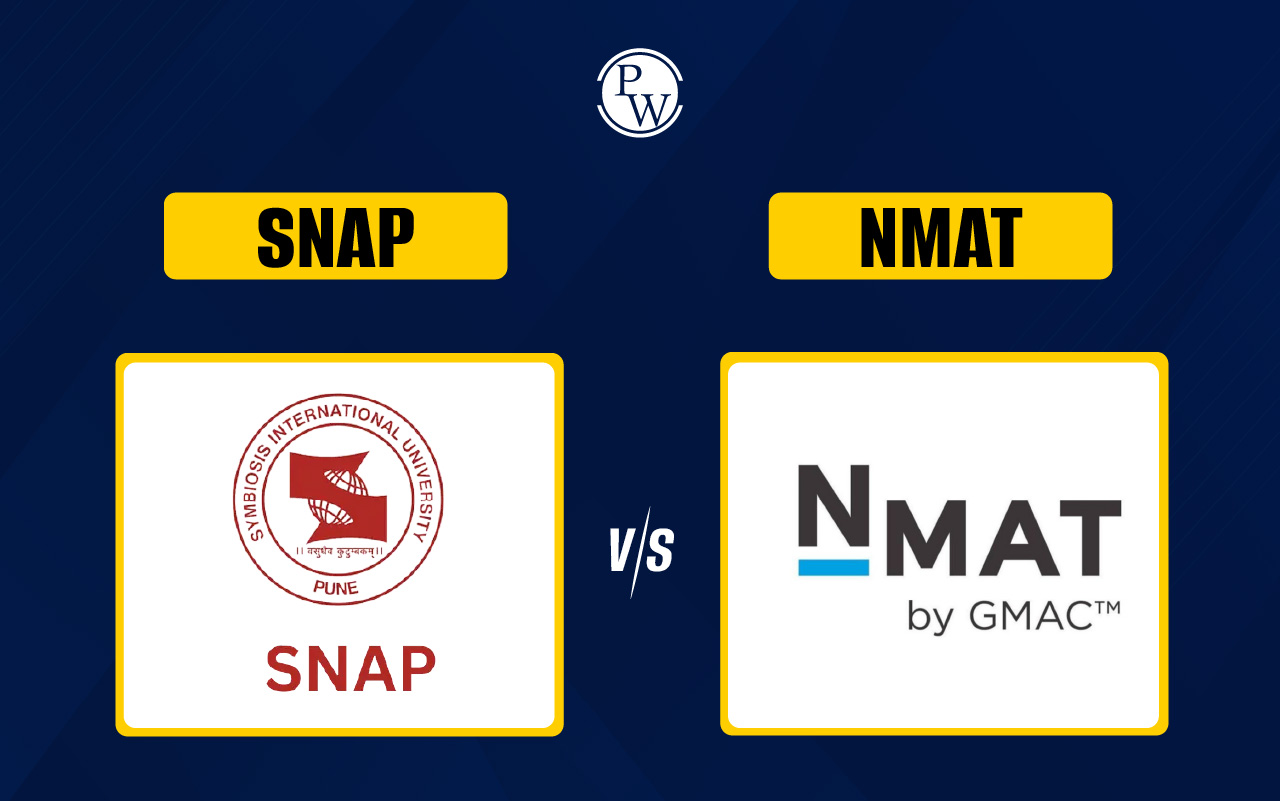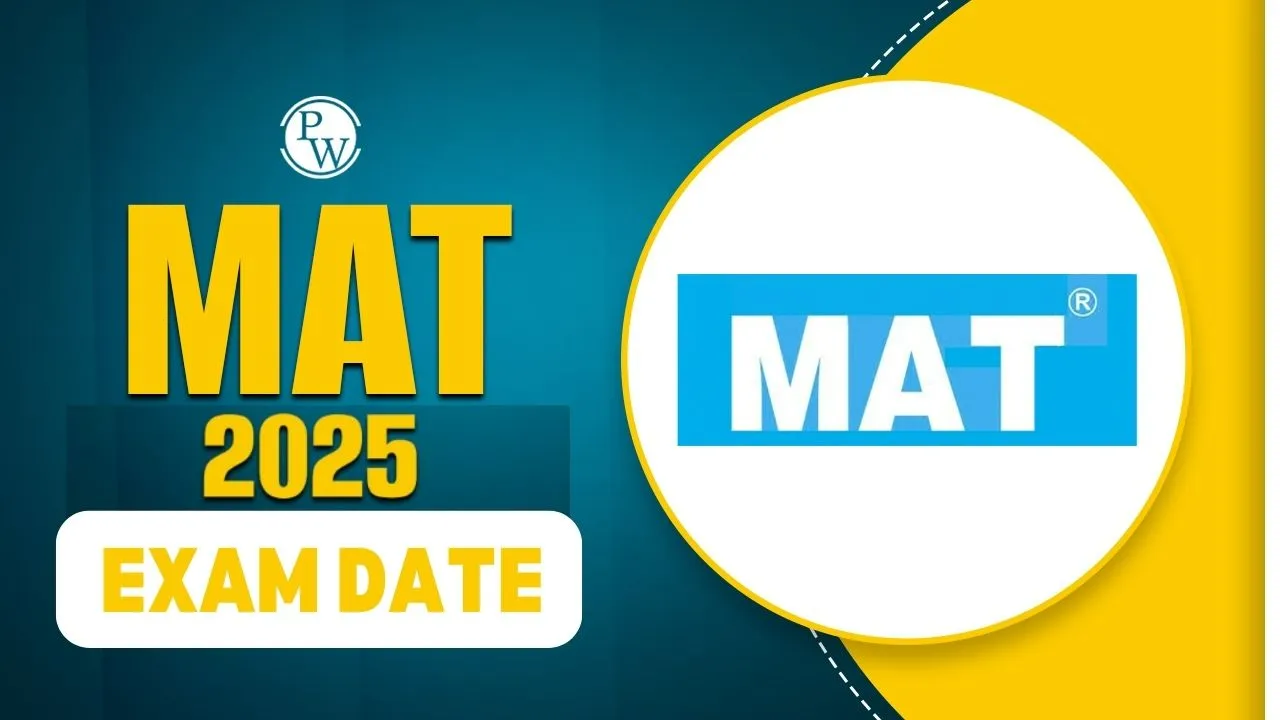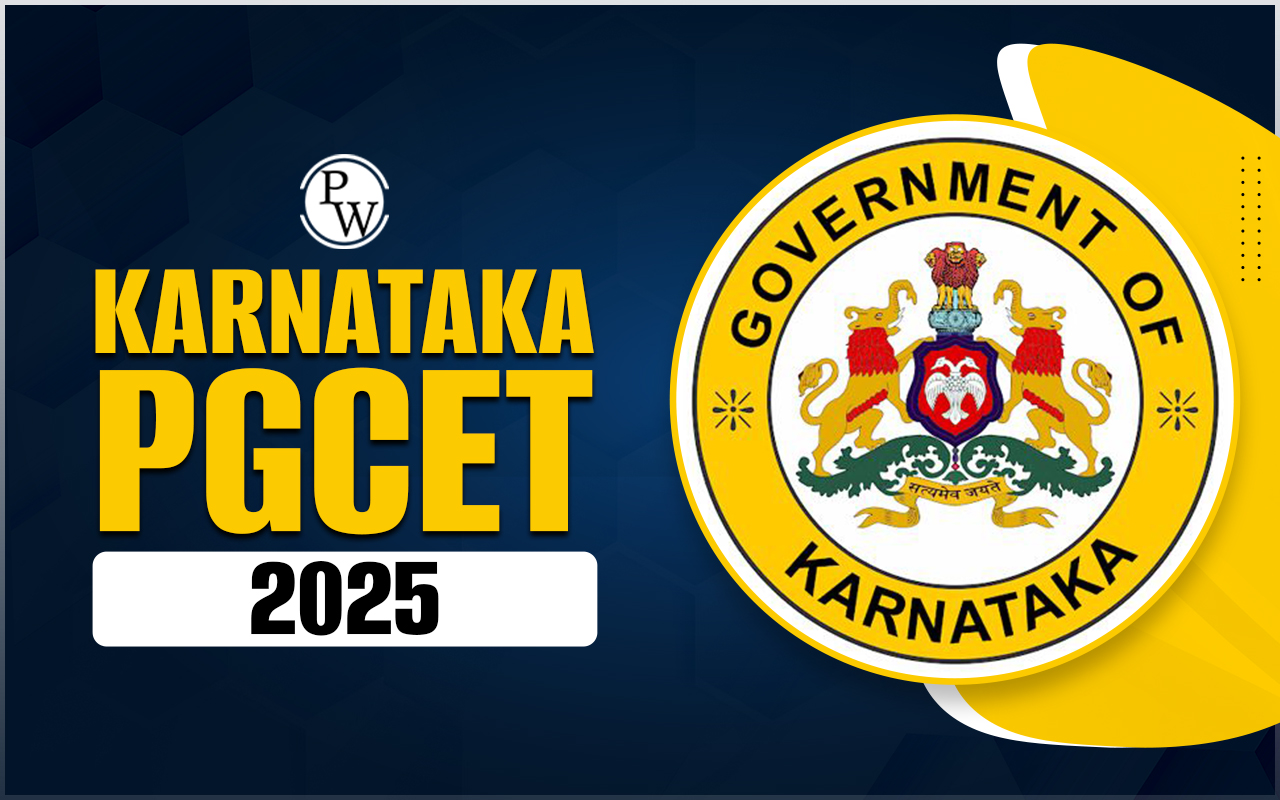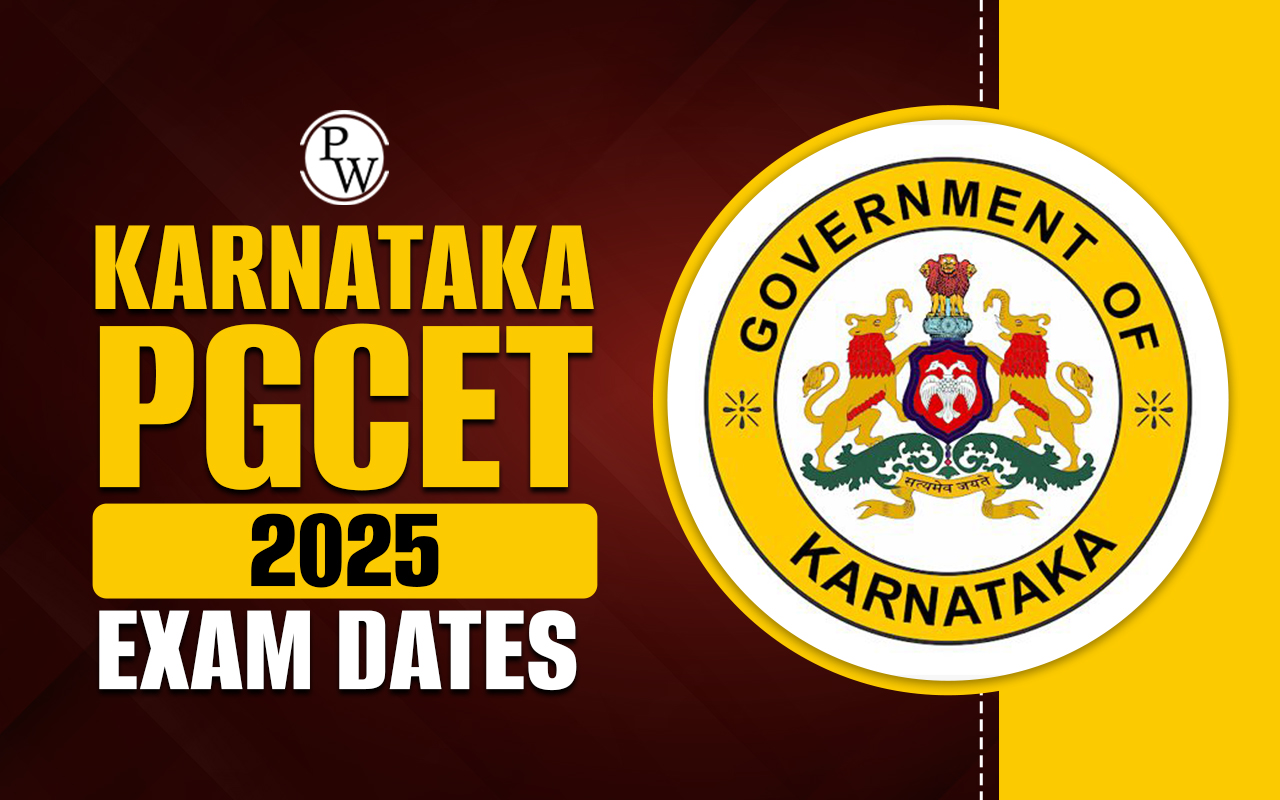
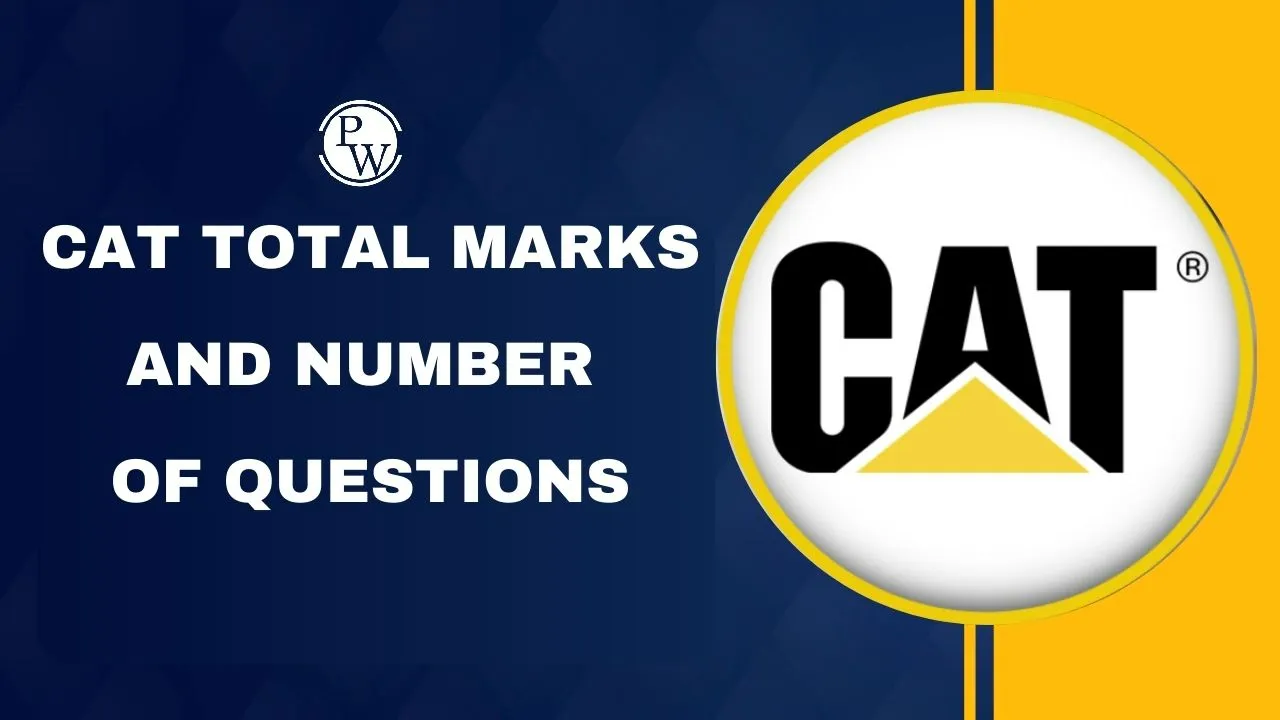
CAT Total Marks and Number of Questions: Understanding the total marks in the CAT exam is essential for candidates aiming to strategise their preparation effectively. The CAT conducting IIMs keeps changing the exam pattern on a timely basis. Therefore, by analysing previous exam pattern changes, candidates can anticipate the expected changes in the upcoming CAT exam.
Based on the previous year’s trends, the expected total marks for CAT 2025 are likely to be 204. Although candidates may find slight changes in the number of questions per section, the marking scheme will remain the same.
CAT Total Marks and Number of Questions Overview
The CAT exam evaluates candidates across three primary areas: Verbal Ability & Reading Comprehension (VARC), Data Interpretation & Logical Reasoning (DILR), and Quantitative Ability (QA). In 2024, the CAT exam pattern saw a slight revision, with the total score increasing to 204 marks from 198. Following this structure, the CAT 2025 exam pattern may be revised.
The table below presents the key highlights of CAT total marks and several questions:
| CAT Total Marks and Number of Questions Highlights | ||
| CAT Sections | Total Number of Questions | Maximum Marks |
| Verbal Ability & Reading Comprehension (VARC) | 24 | 72 |
| Data Interpretation & Logical Reasoning (DILR) | 22 | 66 |
| Quantitative Ability (QA) | 22 | 66 |
| Total | 68 | 204 |
CAT Total Marks and Number of Questions in 2023
In the CAT 2023 exam both total marks and the number of questions were revised compared to previous years’ exams. For example, CAT 2023 included a total of 66 questions across all three sections, totalling 198 marks. The exam followed a scoring system where each correct answer earned 3 marks, while 1 mark was deducted for incorrect responses in multiple-choice questions. The TITA questions didn’t include negative markings. Candidates were given 120 minutes to complete the test.
CAT Total Marks and Number of Questions in 2024
Moving to CAT 2024, the exam structure saw a minor increase in the total number of questions. Compared to 2023, CAT 2024 included 68 questions, presenting an increase of 2 questions. This led to a rise in the overall score to 204 marks, while the sectional division remained the same. The marking scheme and exam duration, however, remained unchanged. Additionally, the exam duration was unaltered, providing students 120 minutes to complete the paper.
CAT Scoring Pattern
To perform well in the CAT exam, it's essential to focus on scoring patterns. Knowing the scoring pattern plays a key role in avoiding negative marks. In CAT, candidates receive 3 marks for each correct response. However, for every incorrect answer in the MCQs, 1 mark is deducted. It's important to note that there is no penalty for TITA questions.
| CAT Scoring Pattern | |||
| Section | Total Questions | Marks per Question | Negative marking for Wrong Answer |
| Verbal Ability & Reading Comprehension (VARC) | 24 | 3 | -1 |
| Data Interpretation & Logical Reasoning (DILR) | 22 | 3 | -1 |
| Quantitative Ability (QA) | 22 | 3 | -1 |
CAT Total Marks and Number of Questions Part Year Trends
Over the years, the CAT exam has undergone several paper pattern changes, both in terms of the number of questions and total marks. The table below presents changes in previous years’ CAT exam pattern to help candidates expect further modifications:| CAT Past Year Exam Pattern Changes | |||||
| Conducting IIM | Year | Total Questions | Total Marks | Duration | Difficulty Level |
| IIM Bangalore | 2022 | 66 | 198 | 2 hours | Moderate |
| IIM Ahmedabad | 2021 | 66 | 198 | 2 hours | Moderate to High |
| IIM Indore | 2020 | 76 | 228 | 2 hours | Moderate to High |
| IIM Kozhikode | 2019 | 100 | 300 | 3 hours | Moderate to High |
| IIM Calcutta | 2018 | 100 | 300 | 3 hours | Moderate to High |
| IIM Lucknow | 2017 | 100 | 300 | 3 hours | Moderate |
| IIM Bangalore | 2016 | 100 | 300 | 3 hours | Moderate to Difficult |
| IIM Ahmedabad | 2015 | 100 | 300 | 3 hours | Moderate to Difficult |
| IIM Indore | 2014 | 100 | 300 | 2.5 hours | Moderate to Easy |
| IIM Indore | 2013 | 60 | 180 | 2 hours 20 mins | Moderate to Easy |
| IIM Indore | 2012 | 60 | 180 | 2 hours 20 mins | Moderate to Easy |
| IIM Calcutta | 2011 | 60 | 180 | 2 hours 20 mins | Moderate |
CAT Total Marks and Number of Questions FAQs
How many marks for each question in CAT?
How many questions will come in CAT 2025?
What is the exam duration of the CAT?
What is the passing marks for CAT?
Does TITA question carry negative marking in CAT?

